培生 Focus 第一版 是培生集团为中学英语教学量身定制的系列教材。它以真实生活和国际化视野为基础,旨在帮助中学阶段的学习者提升综合语言运用能力,为他们迎接未来各类英语考试和实际交际做足准备。教材出版初衷在于将传统的语言教学内容与多媒体、任务型学习相结合,通过丰富的视听资源和互动环节,激发学生的学习兴趣与主动性。
教材背景
-
出版时间:2000年代初(具体年份因地区版本可能略有差异)。
-
目标群体:12岁及以上青少年及成人学习者,适合中等教育至高等教育阶段。
-
核心理念:通过“技能整合”与“真实语境应用”提升英语综合能力,强调语法、词汇与沟通技能的有机结合。
-
对应考试:适合备考剑桥KET/PET、托福初级(TOEFL Junior)等考试。
核心特点
-
四维技能平衡发展
-
模块化设计:每单元分为 语法(Grammar)、词汇(Vocabulary)、阅读与写作(Reading & Writing)、听力与口语(Listening & Speaking) 四大模块,确保听、说、读、写均衡提升。
-
任务驱动:通过现实任务(如撰写邮件、参与访谈)串联语言知识,避免孤立学习。
-
-
语法与词汇的自然融入
-
语法教学:采用“呈现-练习-应用”(PPP)模式,通过对话和短文引入语法点,辅以情景化练习。
-
词汇扩展:按主题分类(如“科技”“环境”),搭配词族(word families)和搭配练习(collocations)。
-
-
真实语料与跨文化内容
-
阅读材料选自改编的真实文章(如杂志、博客),听力素材包含多种英语口音(美式、英式、澳式)。
-
每单元设置“Culture Focus”板块,探讨英语国家的文化习俗(如节日、教育体系)。
-
-
结构化复习与评估
-
每3单元设置“Revision Unit”,整合语法、词汇及技能复习,包含自我评估表。
-
提供单元测试卷及期中/期末模拟试题,支持教师进行形成性与终结性评估。
-
教材结构示例(以中级Level B1为例)
-
单元主题:Technology in Daily Life
-
模块分解:
-
Grammar:现在完成时与过去时的对比(Have you ever used…? vs. When did you use…?)。
-
Vocabulary:科技相关词汇(device, app, digital, upload)及短语(scroll down, set up an account)。
-
Reading & Writing:阅读一篇关于“智能手机依赖症”的文章,撰写观点短文。
-
Listening & Speaking:听一段关于“未来科技”的访谈,小组讨论科技利弊。
-
-
文化板块:对比不同国家青少年的科技使用习惯。
配套资源
-
学生用书(Student’s Book):
-
全彩印刷,配有插图与照片,增强学习趣味性。
-
每单元附“Study Tip”栏目,提供学习策略(如记忆技巧、时间管理)。
-
-
教师用书(Teacher’s Book):
-
详细教案、课堂活动建议及差异化教学策略。
-
听力脚本、练习答案及额外补充练习。
-
-
音频与多媒体:
-
CD光盘包含所有听力材料,支持课堂播放或家庭复习。
-
早期版本可能提供简单的互动CD-ROM(如填空游戏、词汇配对)。
-
-
练习册(Workbook):
-
巩固单元内容,含语法练习、阅读理解和写作任务。
-
部分版本附带自测模块(Self-Check),供学生自主评估。
-
与其他培生教材对比
| 教材 | 侧重点 | 特色 |
|---|---|---|
| 《Focus》第一版 | 综合技能平衡 | 文化板块+结构化复习 |
| 《Speakout》 | 真实媒体素材与口语强化 | BBC视频驱动,强调听说技能 |
| 《New Cutting Edge》 | 任务型教学法 | 强互动性,适合短期强化课程 |
| 《English File》 | 幽默与文化深度 | 社会议题探讨,话题更具批判性 |
优缺点分析
| 优点 | 缺点 |
|---|---|
| 结构清晰,适合系统性学习 | 多媒体资源较基础,缺乏现代互动工具 |
| 文化内容增强跨文化理解 | 听力材料口音多样性有限 |
| 语法与词汇教学扎实 | 任务设计偏向传统,创新性不足 |
适用场景
-
中学英语课堂:
-
适合作为主线教材,搭配补充听力或写作练习。
-
-
语言学校常规课程:
-
系统性强,便于教师按模块规划教学进度。
-
-
自学使用:
-
练习册与自测模块适合自主复习,但需搭配口语练习伙伴。
-
后续版本更新
《Focus》系列后续推出新版(如第二版、第三版),主要改进包括:
-
增加数字资源(在线练习、互动白板软件)。
-
更新语料与话题(如加入社交媒体、气候变化等现代议题)。
-
强化听说技能,加入更多角色扮演与项目任务。
使用建议
-
教师:
-
结合“Culture Focus”设计跨文化对比活动(如中美节日差异辩论)。
-
利用“Revision Unit”组织复习竞赛,提升学生参与感。
-
-
学生:
-
定期整理单元词汇表,制作思维导图强化记忆。
-
通过录音对比原声,重点改进发音与语调。
-
Background
-
Publication Period: Early 2000s (exact year may vary by regional editions).
-
Target Audience: Teenagers (12+) and adult learners, suitable for secondary to higher education.
-
Core Philosophy: Develop integrated language skills through real-world contexts, emphasizing the balance of grammar, vocabulary, and communication.
-
Exam Alignment: Prepares for Cambridge KET/PET, TOEFL Junior, and similar exams.
Key Features
-
Balanced Skill Development
-
Modular Design: Each unit is divided into four sections: Grammar, Vocabulary, Reading & Writing, and Listening & Speaking, ensuring comprehensive skill growth.
-
Task-Driven Learning: Practical tasks (e.g., writing emails, conducting interviews) connect language knowledge to real-life applications.
-
-
Contextual Grammar & Vocabulary
-
Grammar: Taught via the PPP model (Presentation-Practice-Production), using dialogues and short texts to introduce rules, followed by contextual exercises.
-
Vocabulary: Thematic clusters (e.g., “Technology,” “Environment”) with word families and collocation practice.
-
-
Authentic Materials & Cultural Content
-
Reading texts adapted from real articles (blogs, magazines); listening materials include multiple English accents (American, British, Australian).
-
Culture Focus Section: Explores English-speaking cultures (e.g., festivals, education systems).
-
-
Structured Review & Assessment
-
Revision Units: Every three units consolidate grammar, vocabulary, and skills with self-assessment checklists.
-
Unit tests and mid/term exams support formative and summative assessments.
-
Sample Unit Structure (Intermediate Level B1)
-
Unit Theme: Technology in Daily Life
-
Module Breakdown:
-
Grammar: Present Perfect vs. Simple Past (Have you ever used…? vs. When did you use…?).
-
Vocabulary: Tech-related terms (device, app, digital) and phrases (scroll down, set up an account).
-
Reading & Writing: Analyze an article on “Smartphone Addiction”; write an opinion essay.
-
Listening & Speaking: Discuss pros/cons of technology after listening to a “Future Tech” interview.
-
-
Culture Focus: Compare tech habits among teens globally.
Supplementary Resources
-
Student’s Book:
-
Full-color illustrations and photos for engagement.
-
Study Tips: Strategies for memorization, time management, etc.
-
-
Teacher’s Book:
-
Detailed lesson plans, activity ideas, and differentiation strategies.
-
Audio scripts, answer keys, and extra exercises.
-
-
Audio & Multimedia:
-
CDs with all listening materials for classroom/home use.
-
Early editions may include basic CD-ROM activities (e.g., gap-fill games).
-
-
Workbook:
-
Reinforces unit content with grammar drills, reading comprehension, and writing tasks.
-
Some editions include Self-Check sections for student evaluation.
-
Comparison with Other Pearson Courses
| Course | Focus | Highlights |
|---|---|---|
| Focus 1st Edition | Balanced skills | Cultural content + structured revision |
| Speakout | Authentic media | BBC videos, speaking/listening emphasis |
| New Cutting Edge | Task-Based Learning | High interactivity, short-term courses |
| English File | Humor & critical topics | Social issues, cultural depth |
Pros & Cons
| Strengths | Weaknesses |
|---|---|
| Clear structure for systematic learning | Limited multimedia/interactive tools |
| Cultural insights enhance engagement | Fewer diverse accents in listening |
| Strong grammar/vocabulary foundation | Traditional task design, less innovative |
Ideal Use Cases
-
Secondary School Classes: Core textbook supplemented with listening/writing practice.
-
Language Schools: Structured progression for general English courses.
-
Self-Study: Workbook and Self-Check sections for independent learning (requires speaking partner).
Later Editions
Subsequent editions (e.g., 2nd/3rd) introduced:
-
Digital resources (online exercises, interactive whiteboard tools).
-
Updated topics (social media, climate change).
-
Enhanced speaking tasks (role-plays, projects).
Usage Tips
-
Teachers:
-
Use Culture Focus for cross-cultural debates (e.g., holiday traditions).
-
Organize revision unit competitions to boost engagement.
-
-
Students:
-
Create vocabulary mind maps for retention.
-
Compare recordings with native audio to improve pronunciation.
-

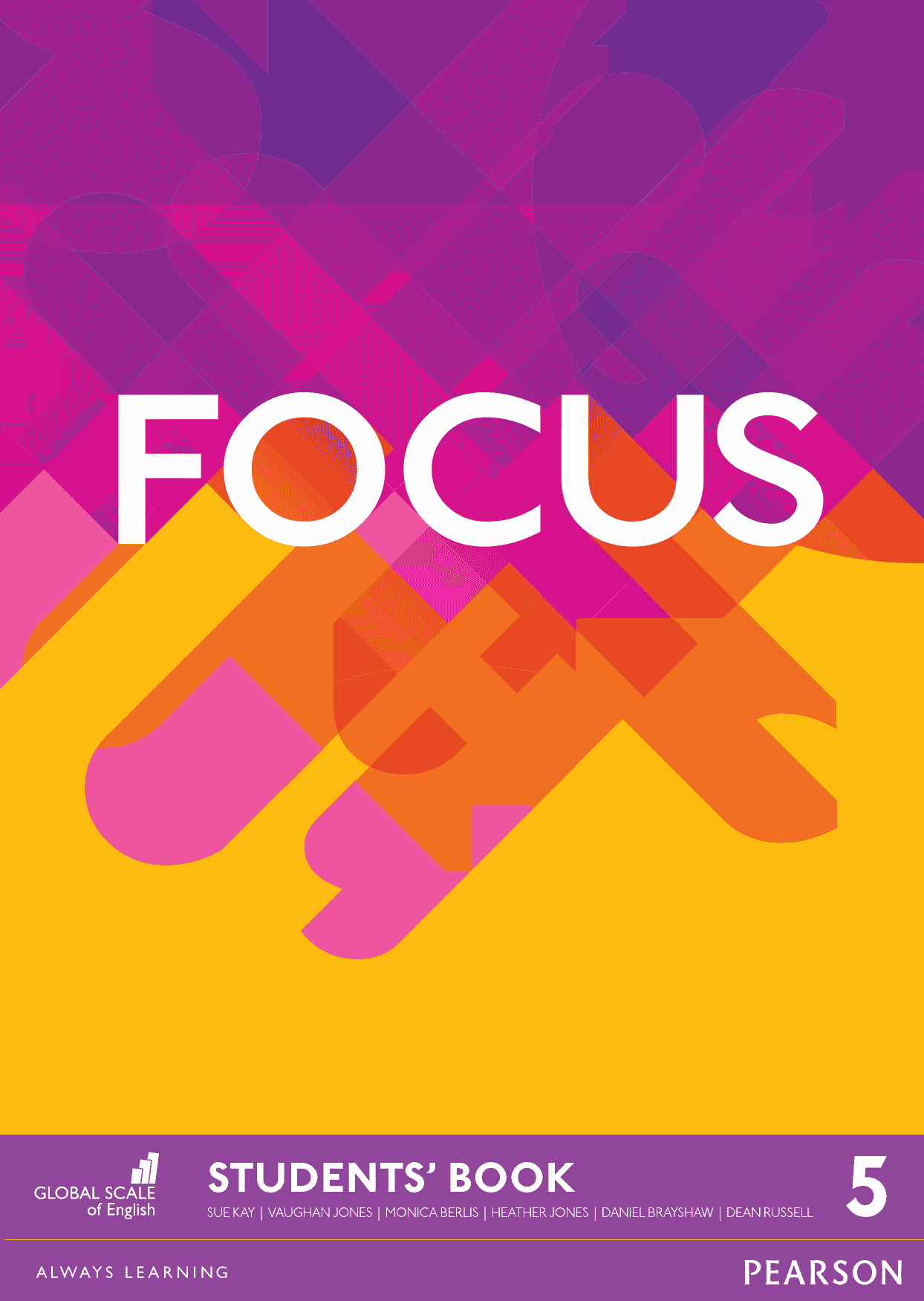
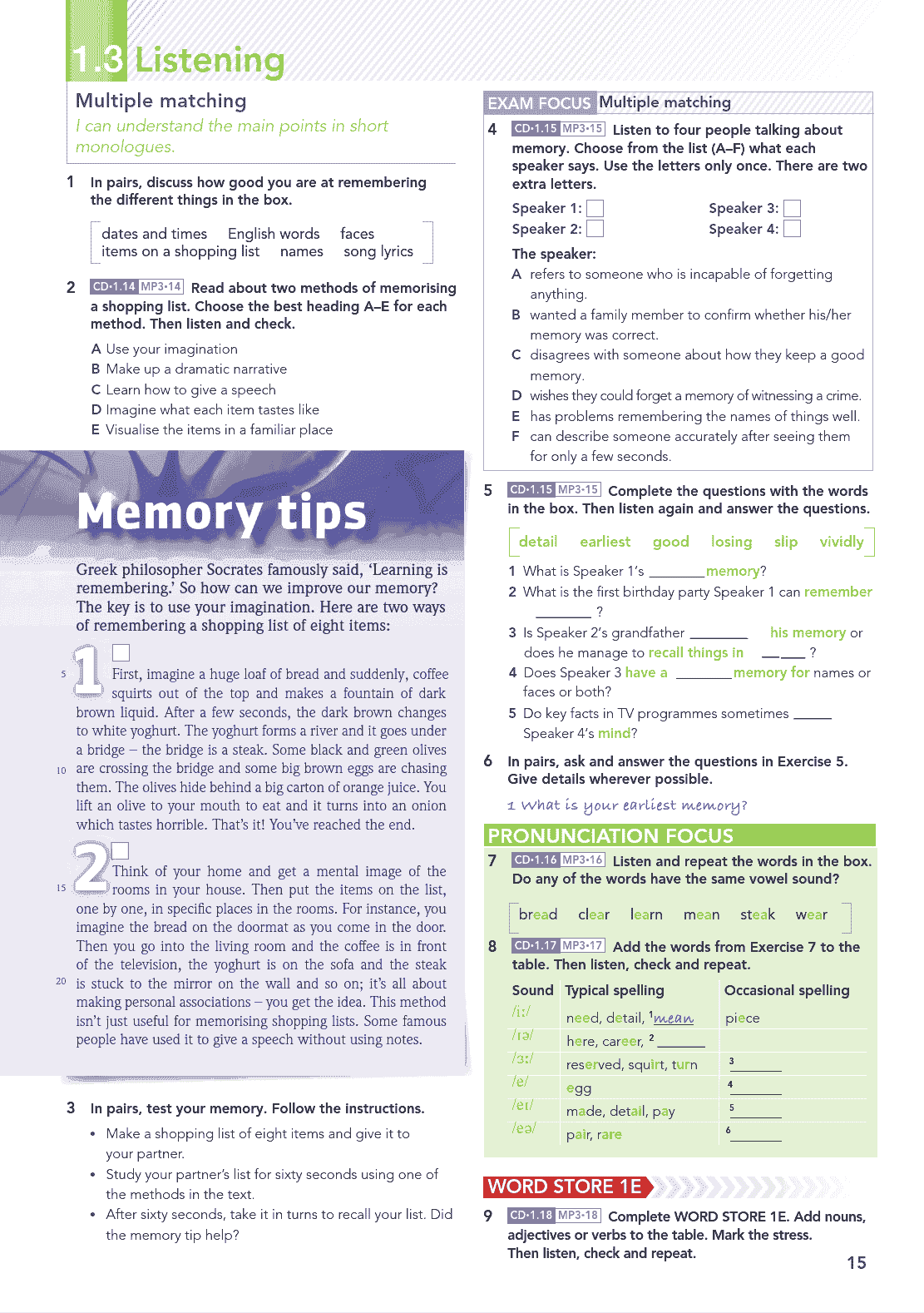
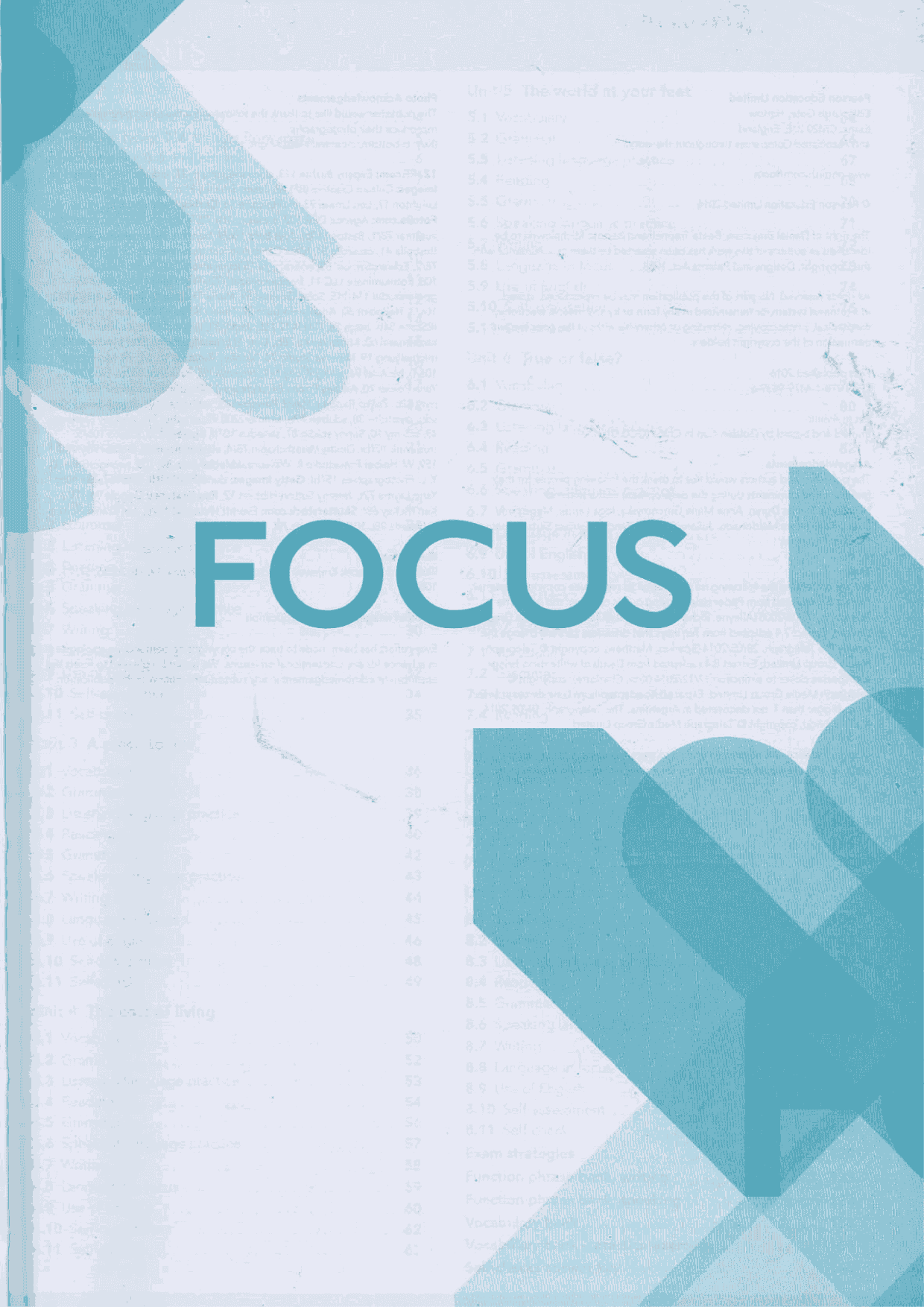
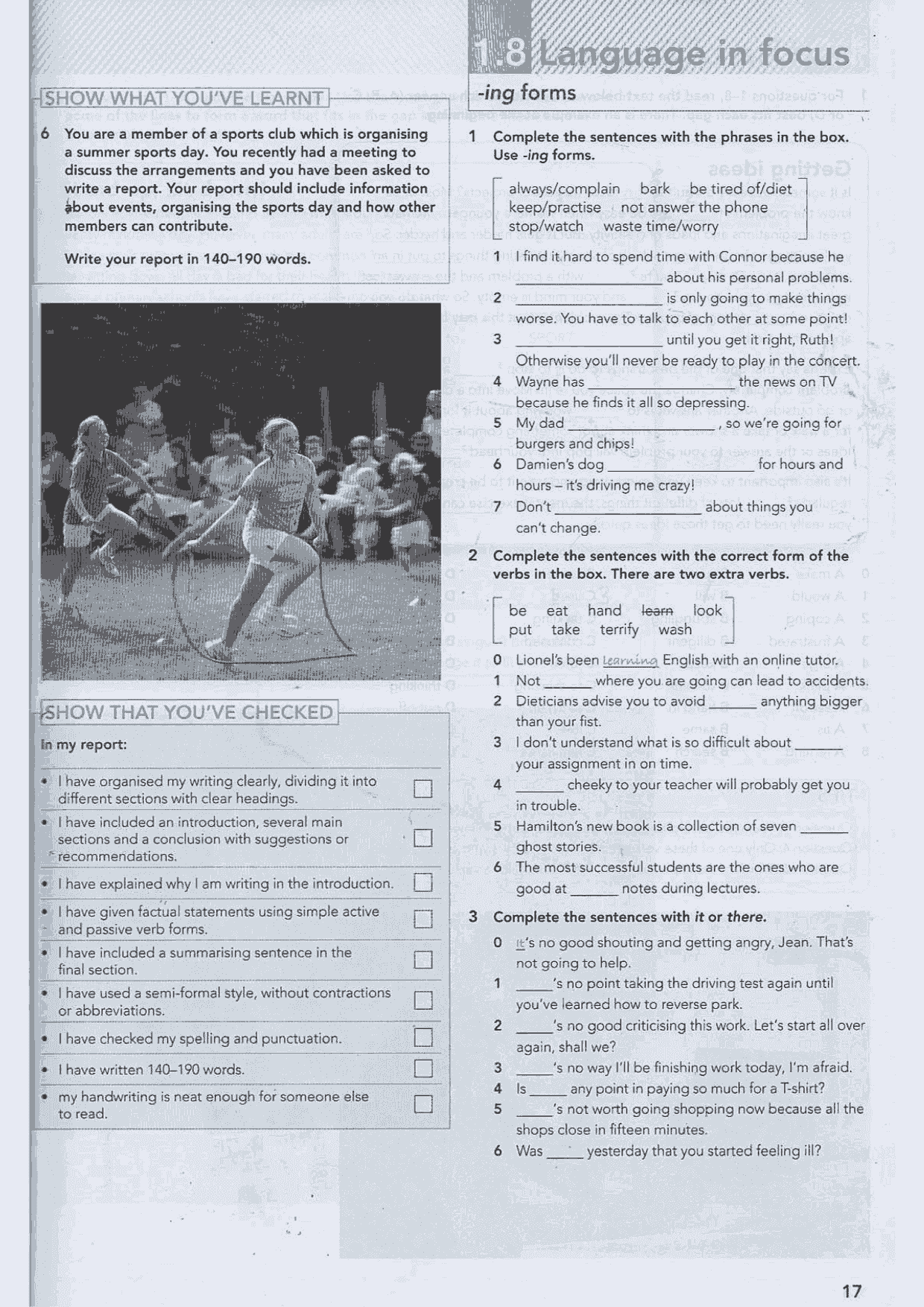
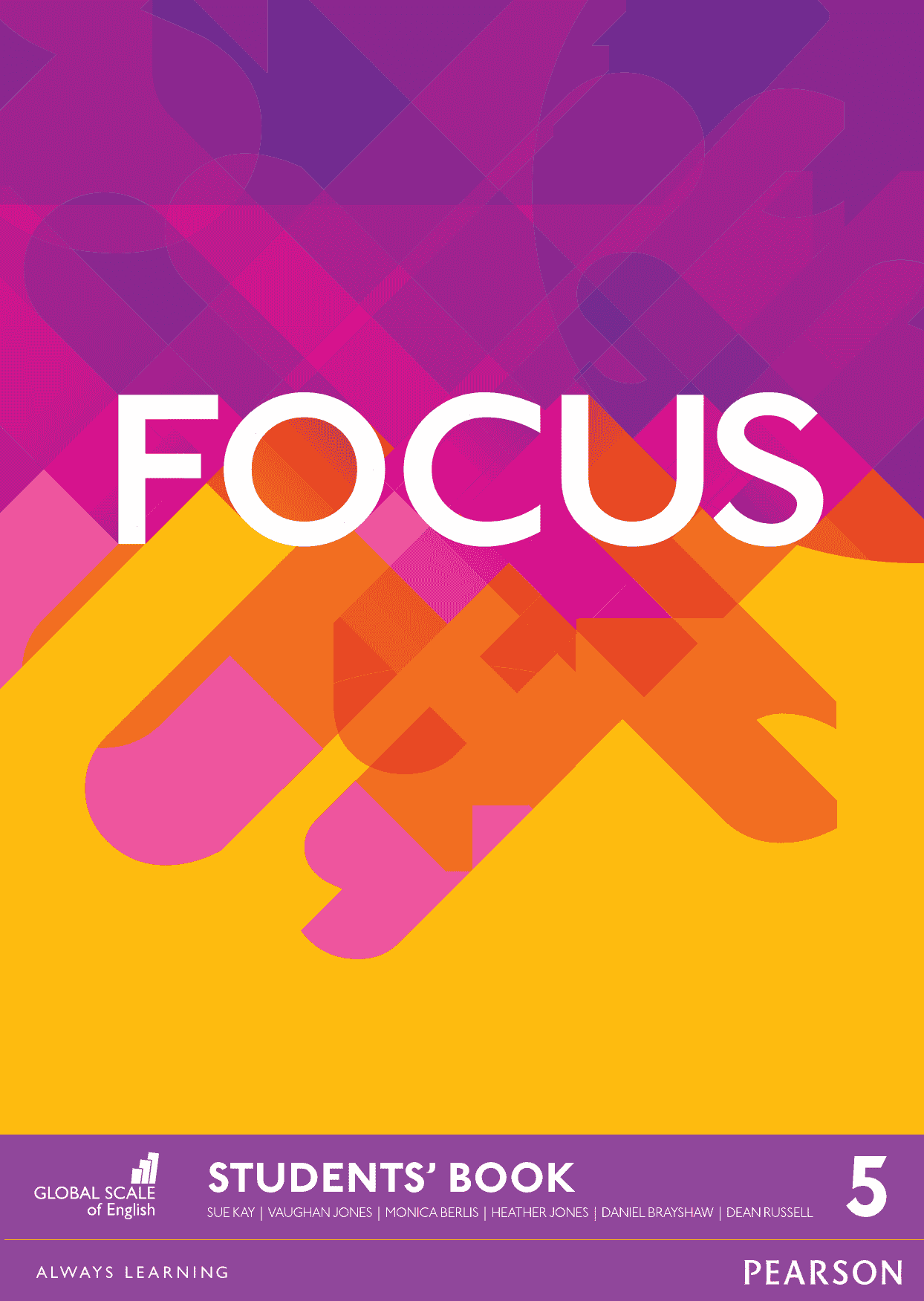
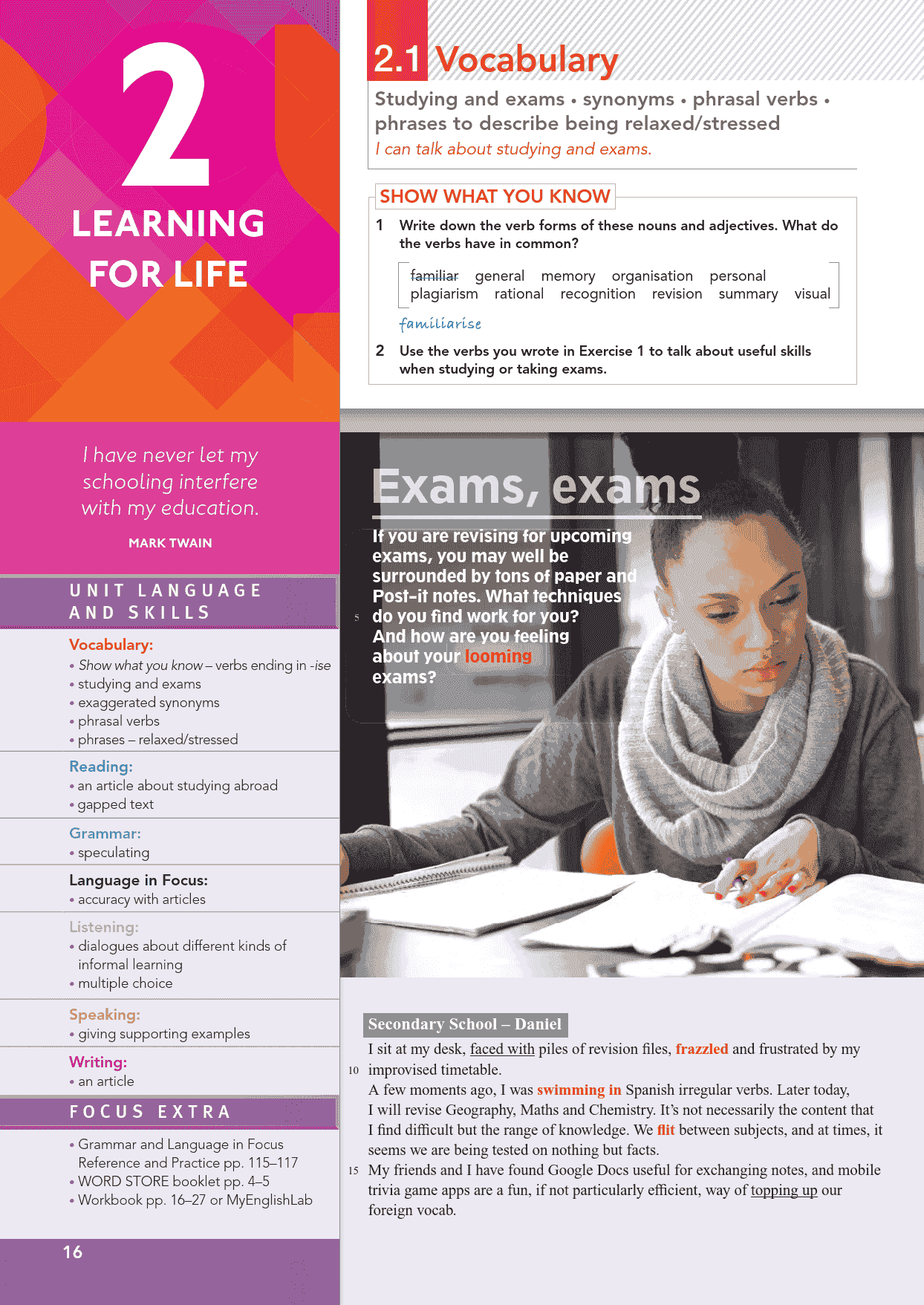
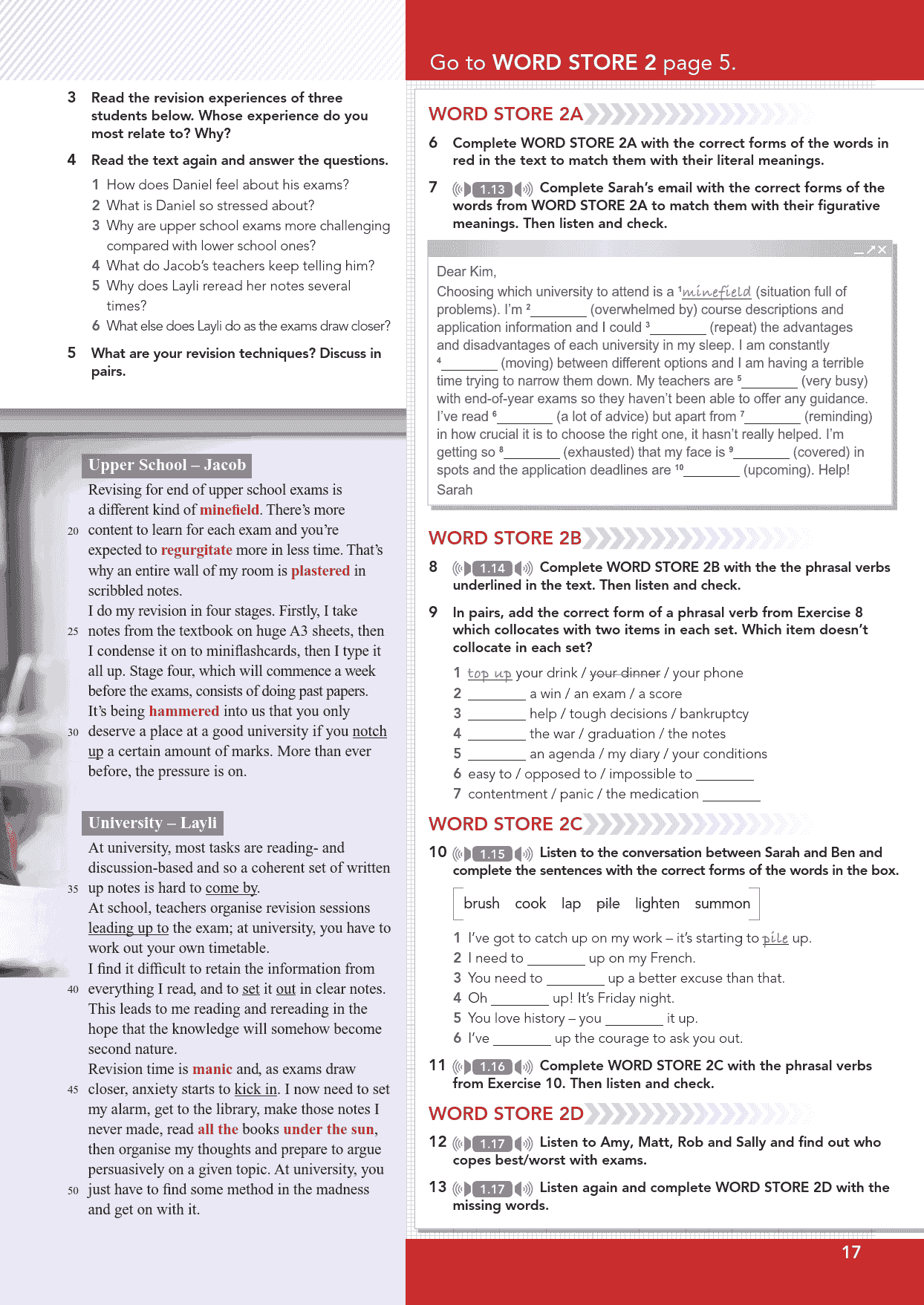
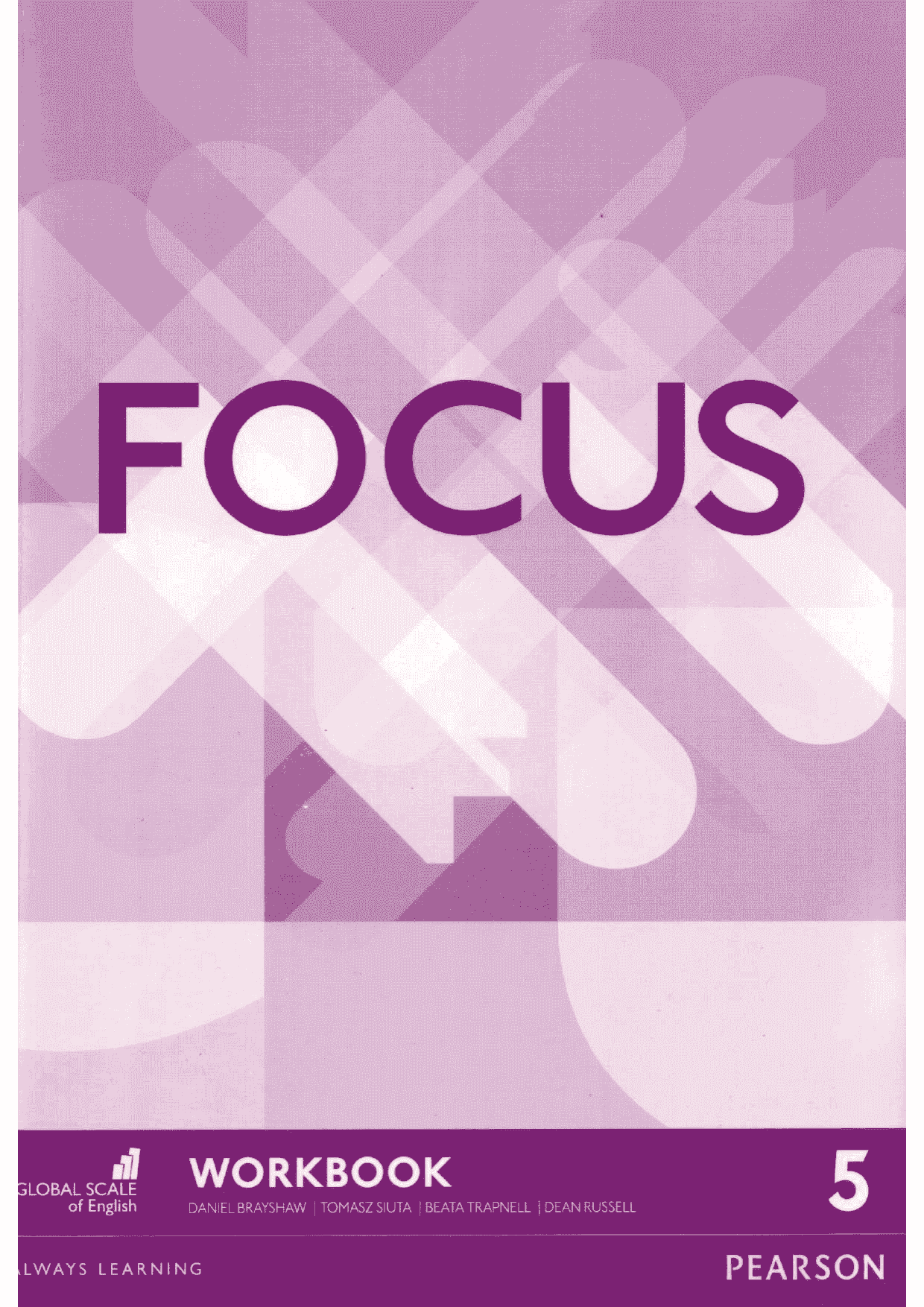
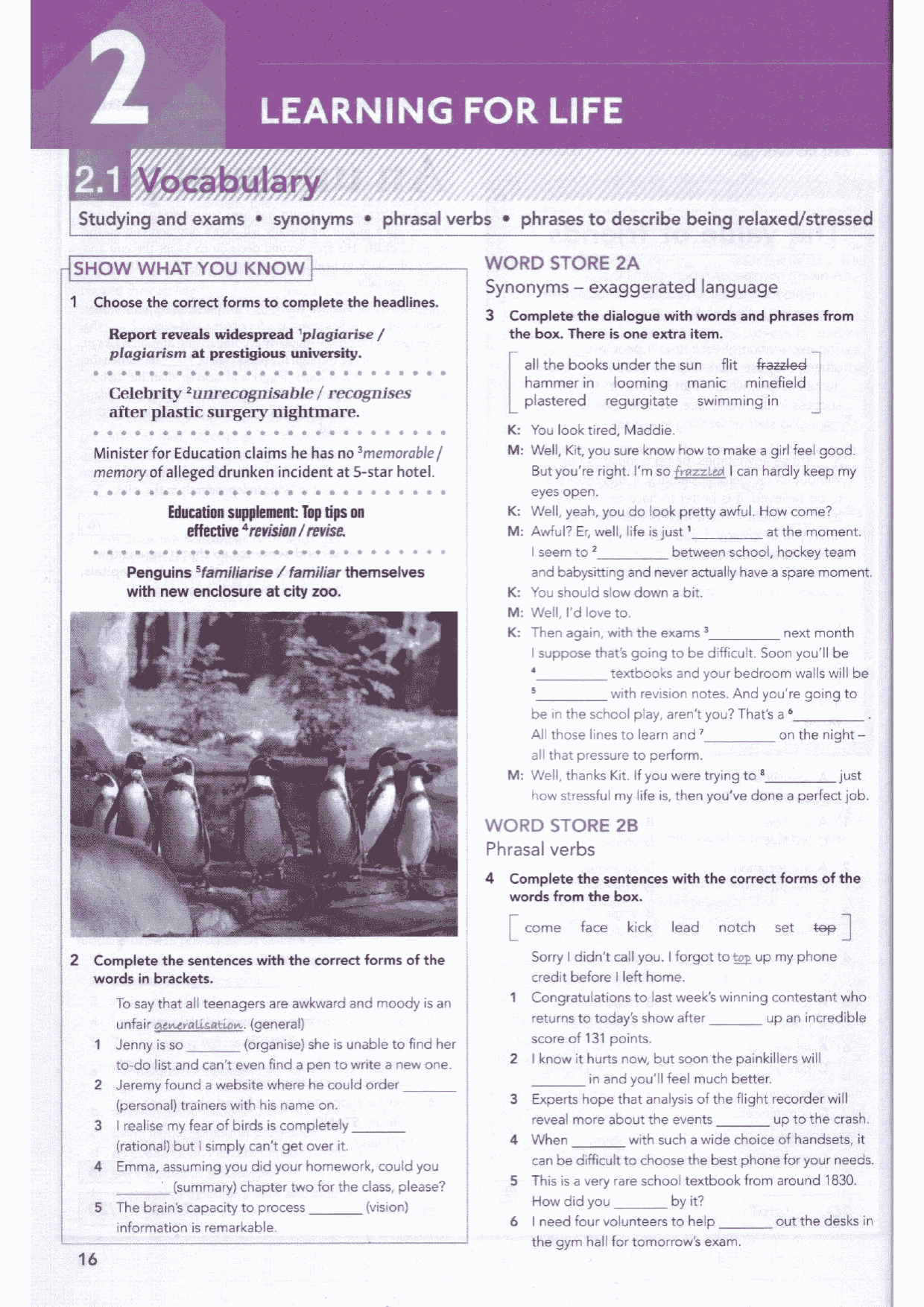
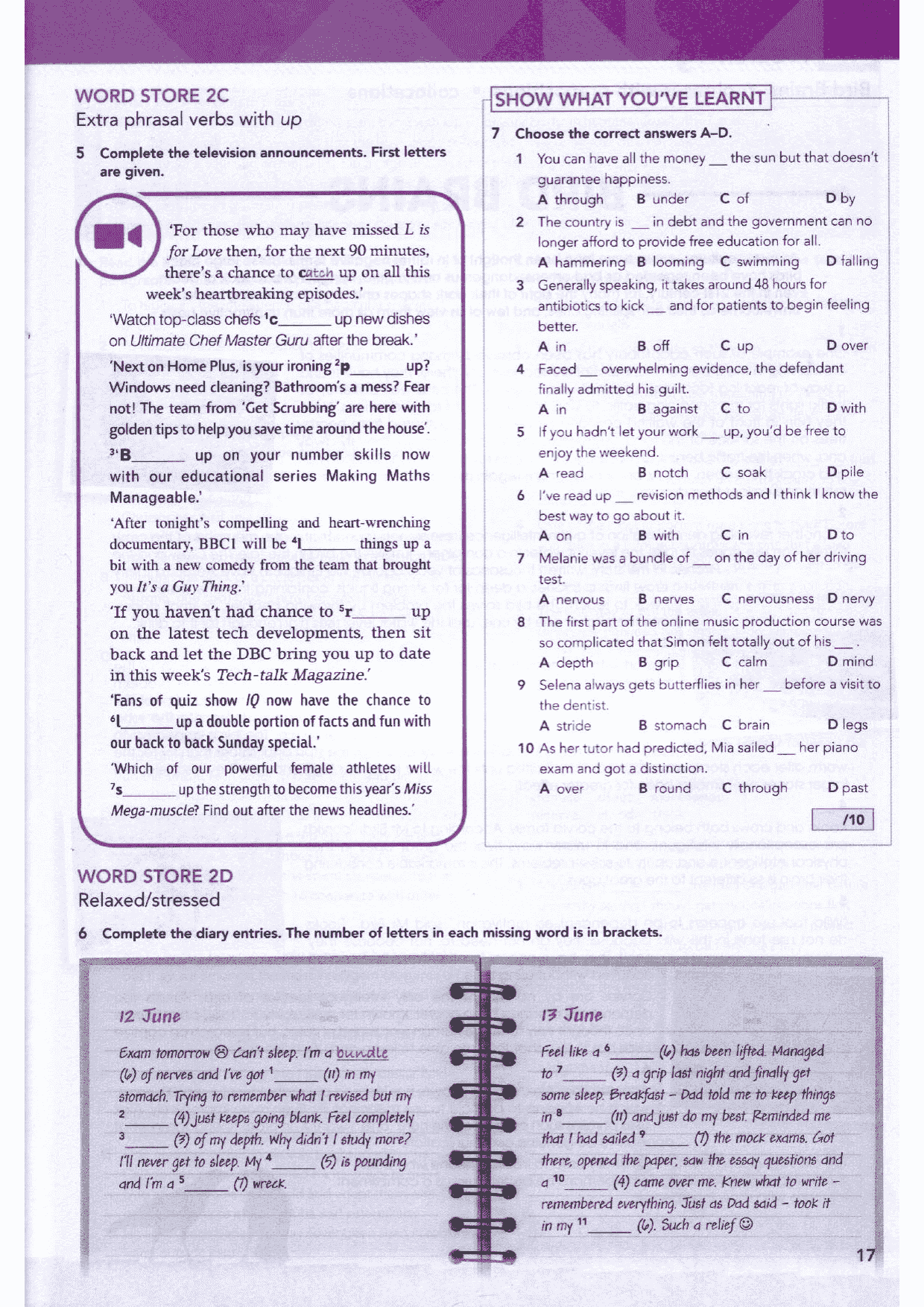
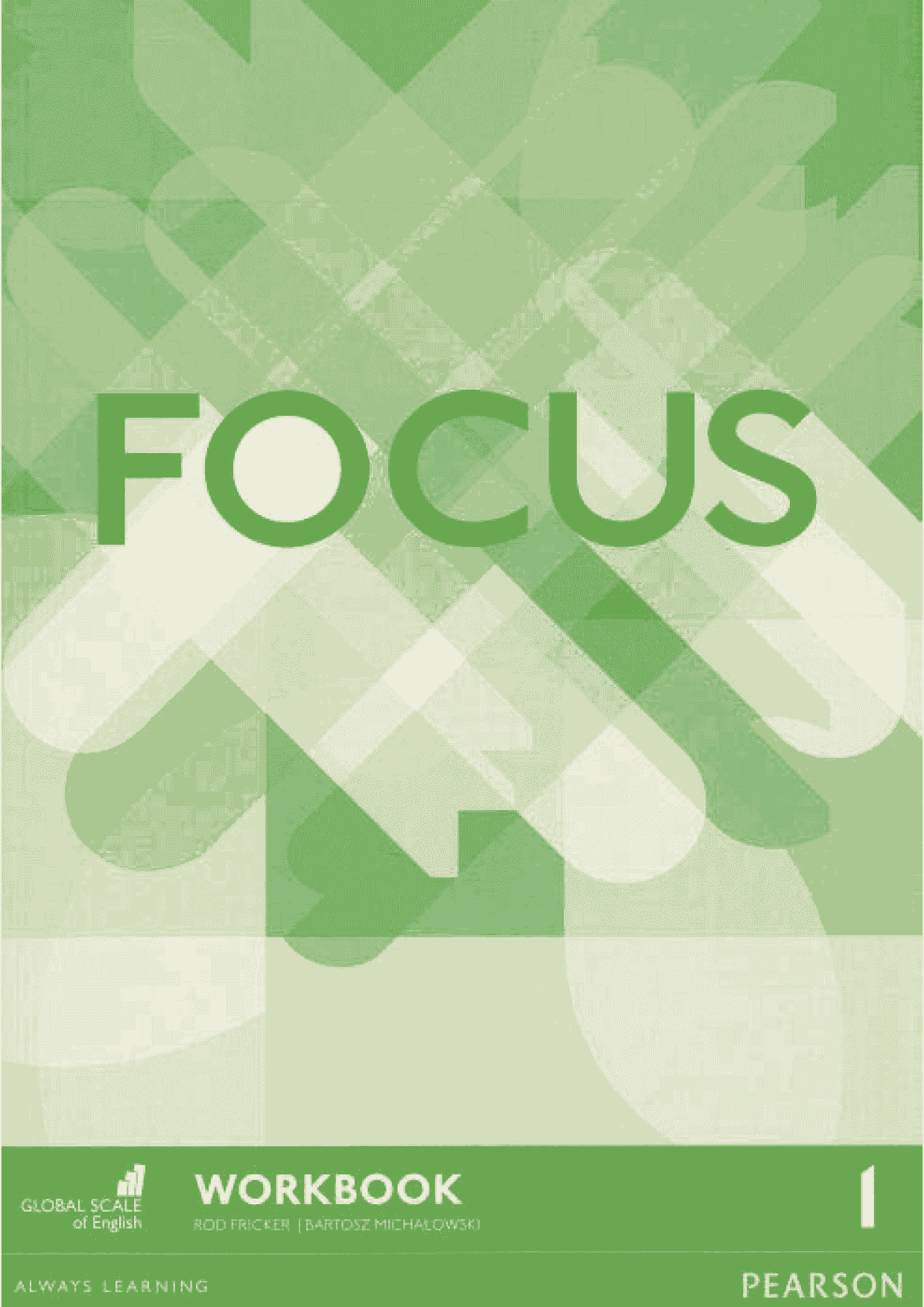
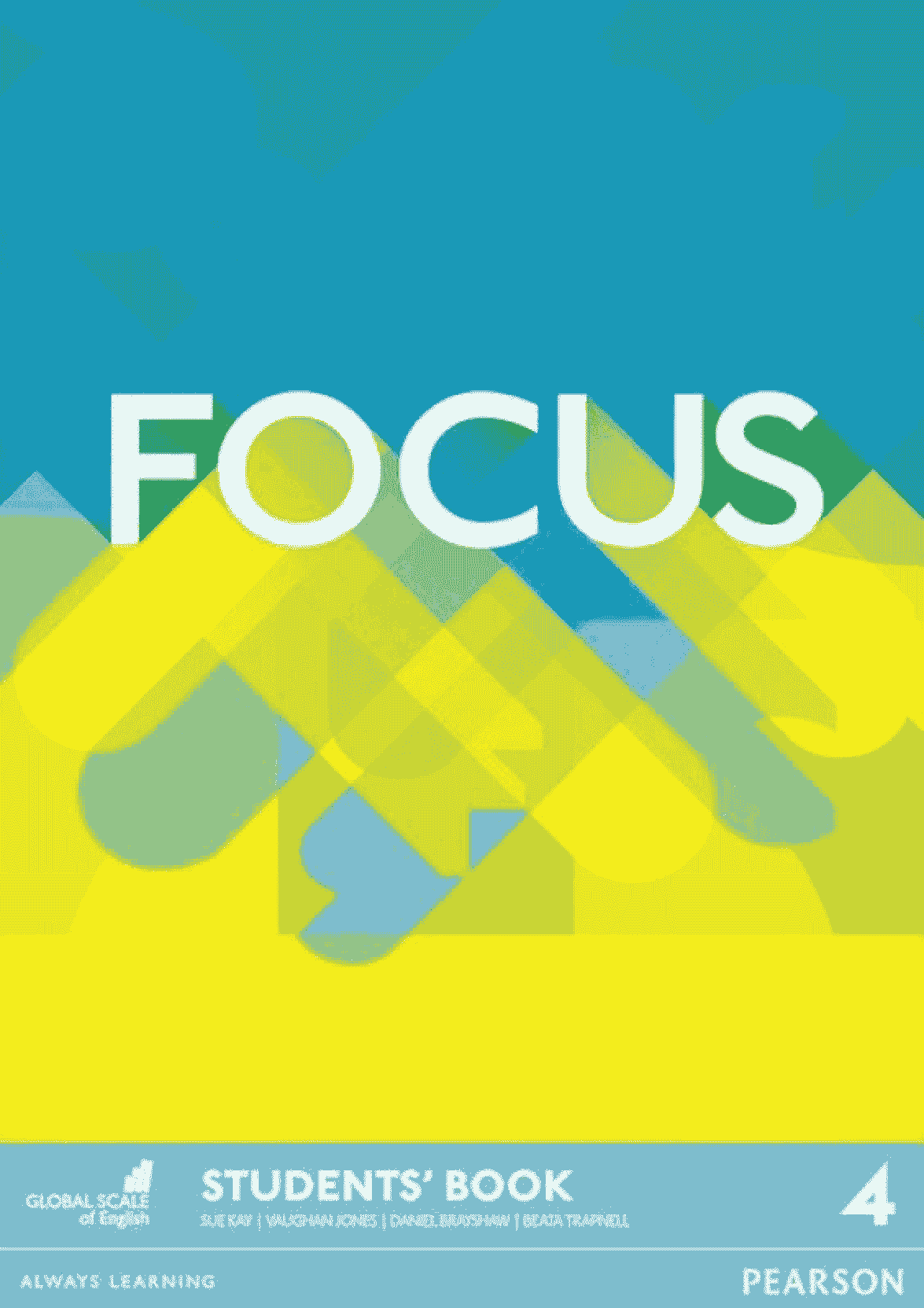
评论(0)